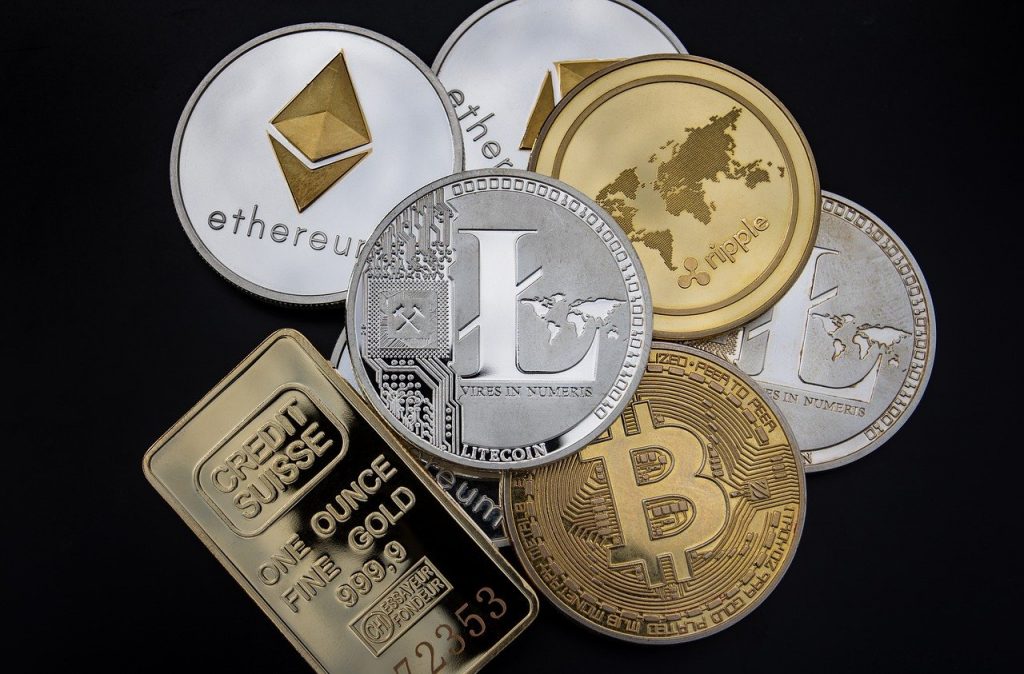Cryptocurrency is a digital or virtual currency that uses cryptography for security. A cryptocurrency is difficult to counterfeit because of this security feature. A defining feature of a cryptocurrency, and arguably its most endearing allure, is its organic nature; it is not issued by any central authority, rendering it theoretically immune to government interference or manipulation.
The first cryptocurrency to capture the public imagination was Bitcoin, which was launched in 2009 by an individual or group known under the pseudonym Satoshi Nakamoto. As of September 2015, there were over 14.6 million bitcoins in circulation with a total market value of $3.4 billion. Bitcoin’s success has spawned a number of competing cryptocurrencies, such as Litecoin, Namecoin and PPCoin.
Cryptocurrency is pseudonymous rather than anonymous in that the cryptocurrency within a wallet is not tied to people, but rather to one or more specific keys (or “addresses”). Thereby, cryptocurrency owners are not identifiable, but all transactions are publicly available in the blockchain.
What is a Blockchain?
A blockchain is a continuously growing list of records, called blocks, which are linked and secured using cryptography. Each block typically contains a hash pointer as a link to a previous block, timestamp and transaction data. By design, blockchains are inherently resistant to modification of the data. A blockchain can serve as “an open, distributed ledger that can record transactions between two parties efficiently and in a verifiable and permanent way. The ledger itself can also be programmed to trigger transactions automatically.”
What is Mining?
Mining is the process of spending computing power to process transactions, secure the network, and keep everyone in the system synchronized together. It can be perceived like the Bitcoin data center except that it has been designed to be fully decentralized with miners operating in all countries and no individual having control over the network.
This process is referred to as “mining” as an analogy to gold mining because it is also a temporary mechanism used to issue new bitcoins. Unlike gold mining, however, Bitcoin mining provides a reward in exchange for useful services required to operate a secure payment network. Mining will still be required after the last bitcoin is issued.
How do you mine?
Mining software listens for transactions broadcast through the peer-to-peer network and performs appropriate tasks to process and confirm these transactions. Bitcoin miners perform this work because they can earn transaction fees paid by users for faster transaction processing, and newly created bitcoins issued into existence according to a fixed formula.
For new transactions to be confirmed, they need to be included in a block along with a mathematical proof of work. Such proofs are very hard to generate because there is no way to create them other than by trying billions of calculations per second. This requires miners to perform these calculations before their blocks are accepted by the network and before they are rewarded.
As more people start to mine, the difficulty of finding valid blocks is automatically increased by the network to ensure that the average time to find a block remains equal to 10 minutes. As a result, mining is a very competitive business where no individual miner can control what is included in the block chain.
The proof of work is also designed to depend on the previous block to force a chronological order in the block chain. This makes it extremely difficult to reverse previous transactions because this requires the recalculation of the proofs of work of all the subsequent blocks. When two blocks are found at the same time, miners work on the first block they receive and switch to the longest chain of blocks as soon as the next block is found. This allows mining to secure and maintain a global consensus based on processing power.
